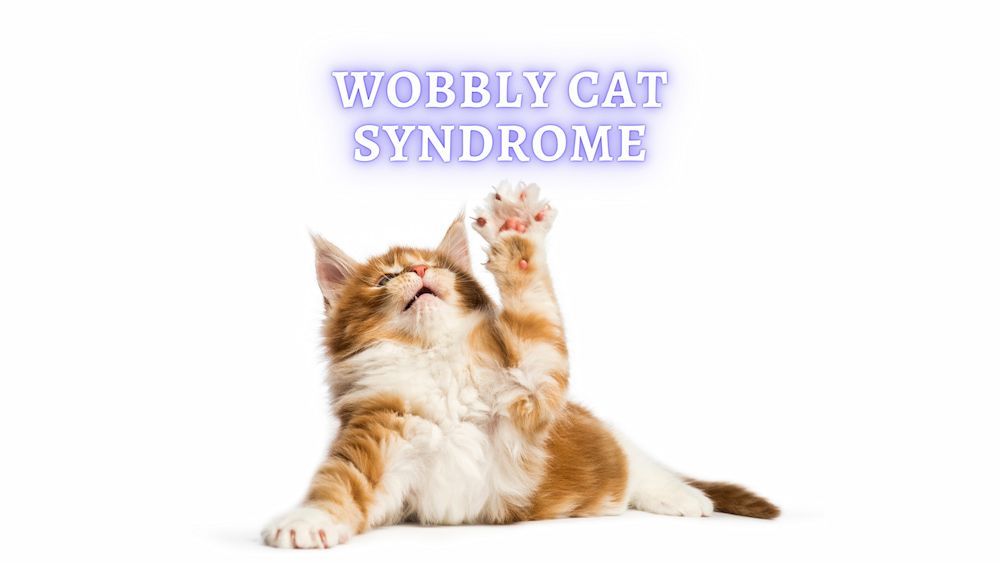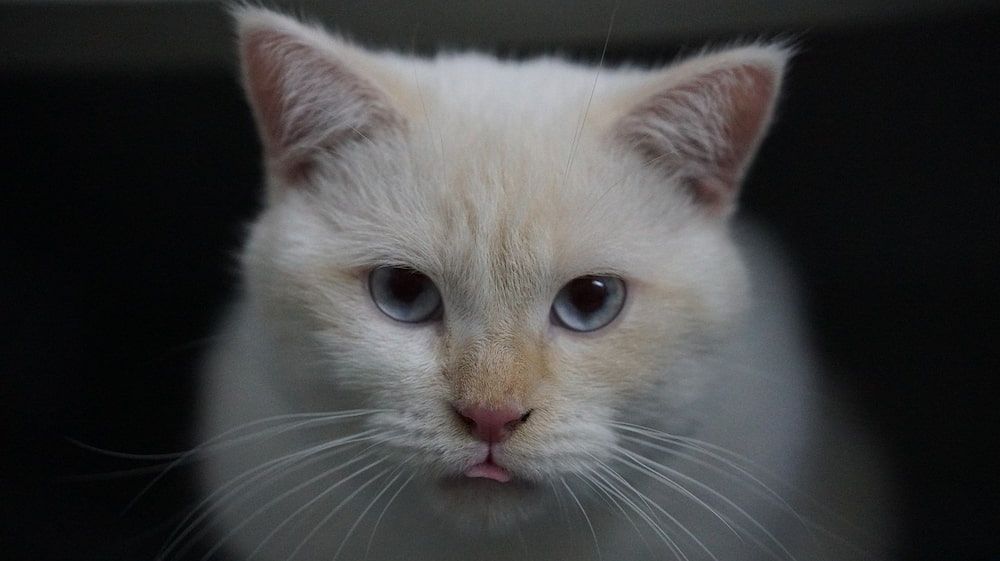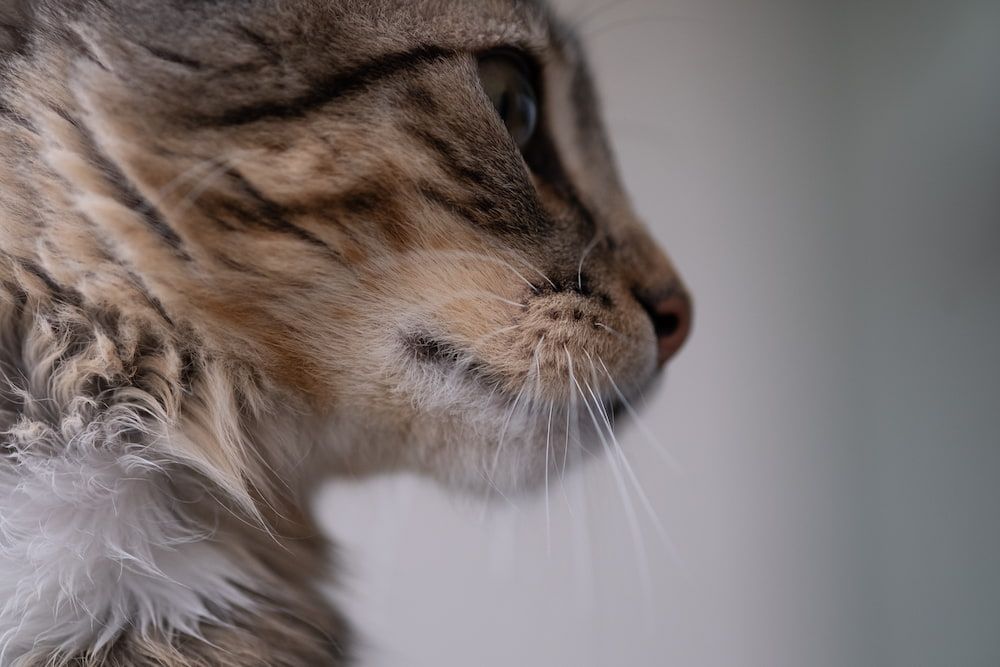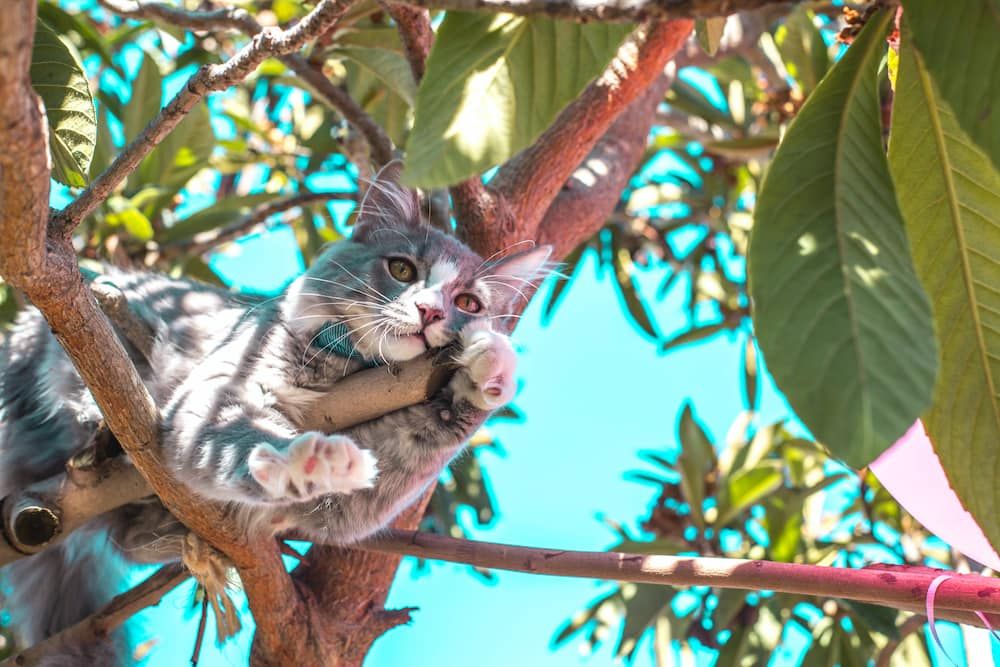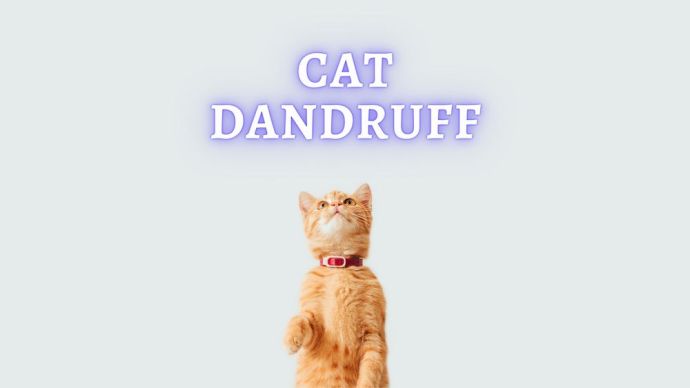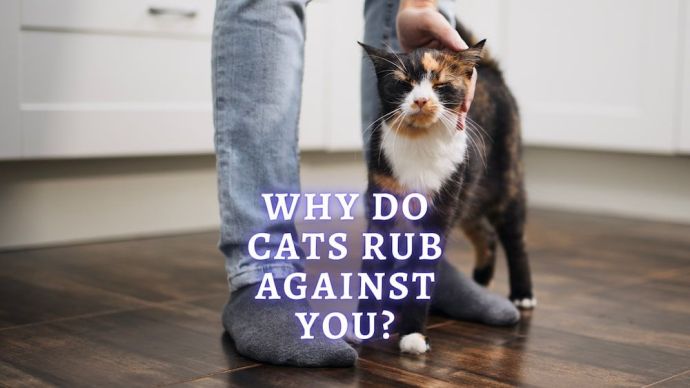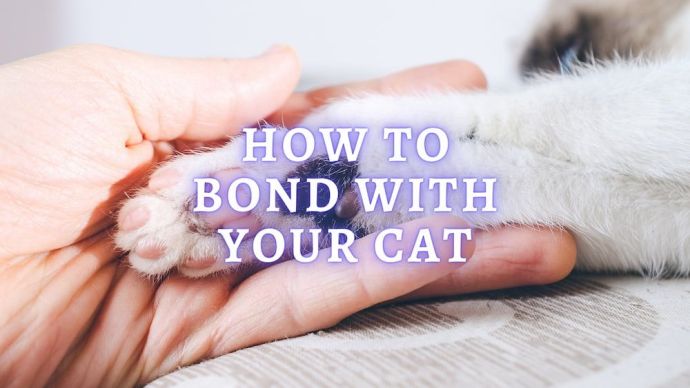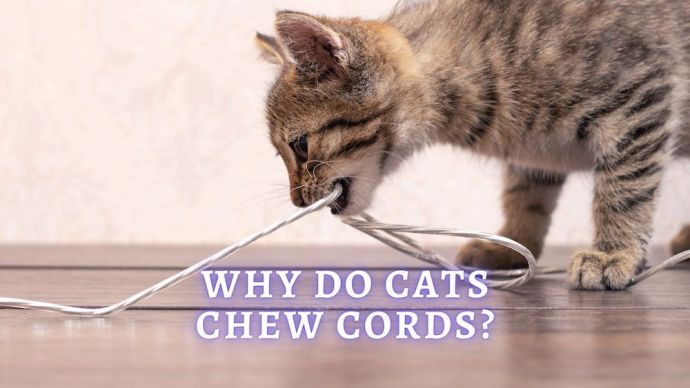Wobbly Cat Syndrome: All About CH (Cerebellar Hypoplasia) in Cats
Written by:
Author: Marissa Prizio
Marissa Prizio attended the University of New Hampshire and earned a bachelor's degree in biomedical Animal Science. Marissa has always enjoyed writing; she was even mixing literature classes into her science major in college. During her writing career, she has edited eBooks, written for a variety of websites, and created audio-visual courses for sustainability.
View all 36 articlesLearn about our editorial process and veterinary review board.
Viewed: 874
Updated on: 06/02/2022
Have you ever seen a feline move as if it is extremely dizzy or as if the ground is shaking, yet it seems otherwise healthy? These jerky uncontrolled movements can be part of a condition known as cerebellar hypoplasia, more commonly called wobbly cat syndrome.
Head tremors and other chaotic movements are dead giveaways for the condition of these wobbly cats. Some people find this condition cute, but why do they move this way, and should we be concerned? This syndrome becomes far less intimidating once you understand it, so let’s take a look.
What is wobbly cat syndrome?
Wobbly cat syndrome is a neurological condition. Its scientific name is cerebellar hypoplasia, and felines with this condition are often abbreviated to CH cats. The cerebellum is a section of the brain responsible for intentional movement and coordination. This section of the brain is common in most animals, including felines, and it tends to develop most in-utero and shortly after birth.
The word hypoplasia refers to a lack of cells in an organ, so the name of this condition defines the exact issue causing it, an underdeveloped cerebellum.
What causes wobbly cat syndrome?
Cerebellar hypoplasia can result from a number of causes including inflammatory diseases and malnourishment, but it doesn’t start with the kitten. This brain condition occurs as a result of a pregnant cat’s exposure to conditions that may delay fetal development.
Cerebellar hypoplasia most commonly occurs when a mother cat is infected with the feline panleukopenia virus during her pregnancy. This disease attacks the soft tissue of unborn kittens, especially their cerebellum. This viral damage is most intense in the last few weeks of pregnancy and the first few weeks after the kittens are born. It just so happens that this time period is also crucial for healthy cerebellum growth in felines, and so their brain is unable to develop fully in these individuals.
It is not uncommon for a whole litter to be affected by this syndrome, but it is congenital, so other kitties with proper fetal development will not be affected.
RELATED: When should Kittens get their First set of Shots?
What are the symptoms of cerebellar hypoplasia?
Cerebellar hypoplasia in cats is most commonly identified through clinical signs like head tremors, head bobbing, a lack of fine motor skills, a wide stance when walking, and a lack of balance. While these jerky movements can be a dead giveaway, having cerebellar hypoplasia diagnosed is more complex.
Since this is a condition of the brain, blood work can not easily define this syndrome. Instead, an MRI scan is needed to determine if the cerebellum is underdeveloped for the cat’s age.
You may also notice that cats with this syndrome tend to wobble more intensely when they try to engage in certain activities like playing or eating. These intensified tremors are known as intention tremors and they are not known to be painful. Once the cat calms down or makes less intensive movements the tremors tend to return to their baseline.
Tips for caring for CH cats
Most felines with CH are just like other cats with a little extra unintentional movement. The constant head tremors from this neurological disorder require extra care, but these cats adapt and enjoy life just like any other feline.
The most notable differences are that wobbly cats are more likely to fall, be messy eaters, and struggle to get to low water bowls. By providing a big easy-to-enter litter box and a raised feeding area with extra traction, your kitty’s life much easier.
Pets with severe CH may require even more help, including structures to balance against, and they may not be able to play with bigger dogs or children who could easily knock them over.
All cats with cerebellar hypoplasia should be indoor pets, and this is because a CH cat is far more likely to fall or be unable to escape dangerous situations. Even if they still have their claws, defending themselves and running away requires motor skills that they do not possess.
READ MORE: Cat Stomach Gurgling
Can it be prevented?
There is no treatment for cerebellar hypoplasia, but there are preventative measures that all pet parents can take. If you have an intact female cat, it is essential to have them vaccinated against the feline panleukopenia virus by getting the feline distemper vaccine. You will also want to prevent your intact female cat from interacting with felines who may be ill or pass along other inflammatory diseases. Another option is to have intact female cats spayed if you do not intend on breeding them or following other preventative measures.
The most common cause of wobbly cat syndrome is a viral infection in a pregnant cat, but this can also be passed down as a genetic disease. Cats with an underdeveloped cerebellum are more likely to have offspring that cannot develop properly. For this reason, it is wise to have cats with this syndrome fixed, so they can not pass on their genetics.
These shaky kittens are adorable, but they do require more care than their healthy counterparts, so it is in every kitten’s best interest that pet parents act to prevent this syndrome from occurring in the first place through veterinary assistance and responsible care.
RELATED: What Shots do Cats Need? (Vet Advice)
FAQ’s
How do you treat a cat with wobbly cat syndrome?
Feline cerebellar hypoplasia does not have a treatment. This is a life-long condition, but it can be managed with some improvements in care. Having a larger litter box, setting up areas with places that allow your cat to balance, and providing easier access to food and water are great ways to treat a wobbly cat to a good life.
Does wobbly kitten syndrome go away?
The good news is cerebellar hypoplasia is a non-progressive disorder, and this means that a kitten with subtle head tremors from the condition should not develop more noticeable head tremors with time unless a new health concern is at hand.
The condition will not progress as kitten ages; however, they will never develop a normal cerebellum and lose their wobbly movement. A wobbly kitten will mature into a wobbly cat.
Is wobbly cat syndrome painful?
Cats with cerebellar hypoplasia may look disoriented and act differently from other felines due to uncoordinated movements, but they are not in any pain. Pets with this congenital condition can live happy lives even if they can only take a few steps at a time. Proper care and resources suited to their specific needs, like a larger litter box, can help them live a healthy life as house pets.
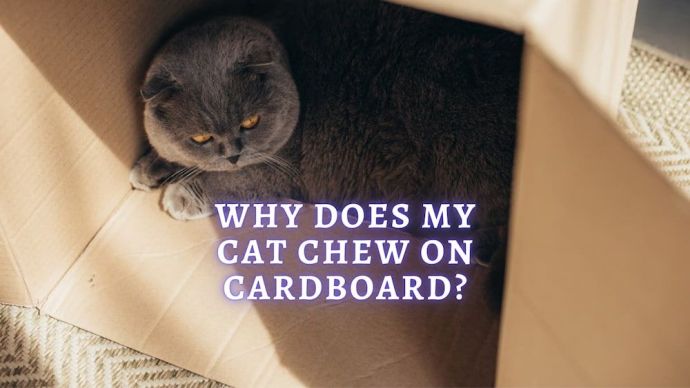 Cat Veterinary Tips Cat Chewing Cardboard: Why Does My Cat Chew On Cardboard? Vet Advice
Cat Veterinary Tips Cat Chewing Cardboard: Why Does My Cat Chew On Cardboard? Vet Advice - 1266
- 0
 Cat Care Why Does My Cat Attack My Legs? 10 Reasons Why and What To Do About It (Vet-Approved Advice)
Cat Care Why Does My Cat Attack My Legs? 10 Reasons Why and What To Do About It (Vet-Approved Advice) - 45082
- 21
 Cat Veterinary Tips Cat Stomach Gurgling: Vet Advice on Why is Your Cat Stomach Gurgling?
Cat Veterinary Tips Cat Stomach Gurgling: Vet Advice on Why is Your Cat Stomach Gurgling? - 33729
- 4
 Cat Veterinary Tips My Cat Lost its Voice: Can Cats get Laryngitis? (Vet Advice)
Cat Veterinary Tips My Cat Lost its Voice: Can Cats get Laryngitis? (Vet Advice) - 22890
- 13









